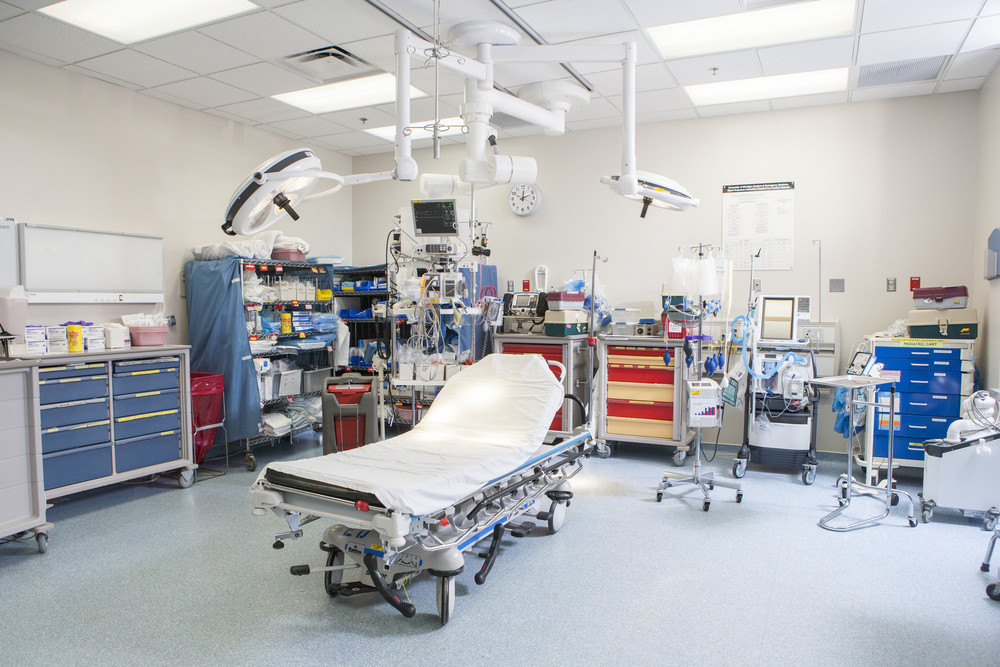According to the latest data, over 51.4 million surgeries are performed in the US per year. Maintaining sanitary conditions within the operating rooms before, during, and after the surgery is critical to keeping the staff and patients safe. Hospital administrators have to establish strict and proper terminal cleaning protocols for their surgical units.
What Does Terminal Cleaning Operating Rooms Entail?
Terminal cleaning involves a procedural approach towards cleaning operating theaters before and after surgery. The medical cleaning is performed by highly trained staff with the necessary skills to cover all areas without the risk of contaminating the cleaned areas and equipment. Most facilities may require more than just a few in-house staff, with administrators preferring to outsource the services to EVS cleaning companies.
Here are seven tips for terminal cleaning operating rooms.
1. Establish Proper Cleaning Guidelines
You may need to ensure that the staff from the EVS cleaning company have a thorough understanding of all documentation and procedures. The first step would be creating a multidisciplinary team with staff from the facility and the medical cleaning company. You may need a perioperative leader, an infection prevention expert, an infectious disease expert, and a few facility personnel to set guidelines for cleaning and disinfecting the surgical units.
The protocols need to identify the technicians responsible for terminal cleaning operating rooms, the frequency of the disinfection, and the special notes on equipment handling. The team may need to review the procedures annually or as needed. Improper documentation or methods can lead to confusion.
2. Review All Equipment Before Cleaning
The multidisciplinary team may need to provide the proper steps to handle the various equipment during the terminal cleaning. Medical equipment manufacturers may void warranties if instructions for cleaning the different pieces of equipment aren’t followed to the letter. Let the hospital cleaners review all equipment directions before moving or cleaning the equipment. Whether using the perimeter, zone-cleaning, or divide-in-half method, the technicians may need to be careful when handling equipment across the room.
3. Identify the Right Cleaning Agents
Cleaning solutions used in terminal cleaning operating rooms may need to align with the manufacturer’s directions to avoid damage to the surface or equipment. The Environmental Protection Agency (EPA) has approved disinfectants and cleaning supplies that should be used according to the guidelines provided by the multidisciplinary team. Some transmission precaution rooms may require multiple cleanings to process the rooms thoroughly.
4. Reduce Traffic in Work Areas
The medical cleaners working in the surgical unit may need to reduce movement in and out of the surgical area during cleaning. The team may need to ensure that they have all the items required before entering the surgical room. The cleaners should not leave the room until they are done, and they should close the door during the entire terminal cleaning process.
5. Minimize Cross-Contamination
Extreme caution may need to be taken to minimize any risk of cross-contamination on surfaces, equipment, or rooms. The EVS cleaning services should provide adequate protective equipment to their workers. Additionally, any equipment taken in or out of the space may require cleaning and disinfection during entry and exit.
6. Perform Quality Control Checks
Administrators may need to ensure that the cleaning and disinfection process is effective throughout the entire surgical unit. Use a quality control checklist at different stages of terminal cleaning operating rooms. If any concerns arise, you should consult with the cleaning team or management for their professional advice before continuing the cleanings.
7. Maintain Documentation
Good documentation of the different steps and procedures used is essential before, during, and after terminal cleaning in operating rooms. Track all movements in and out, use a formal risk assessment for cleanings, and assess the results of the quality control checks to adjust accordingly.
Terminal cleaning operation rooms is critical to maintaining a sanitary environment when carrying out surgical procedures. Contact CareServe Environmental to learn more about our healthcare cleaning services.


Recent Comments